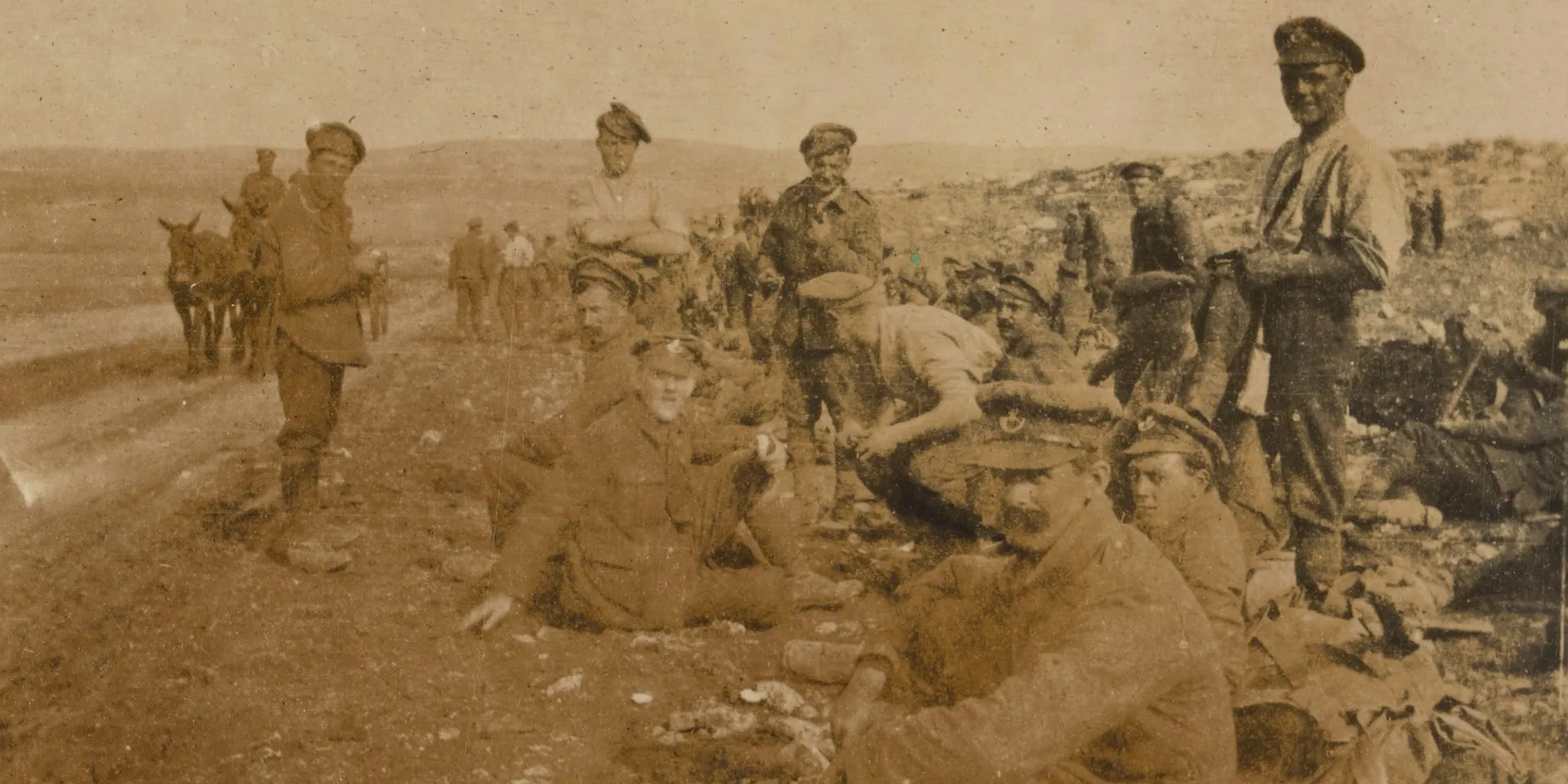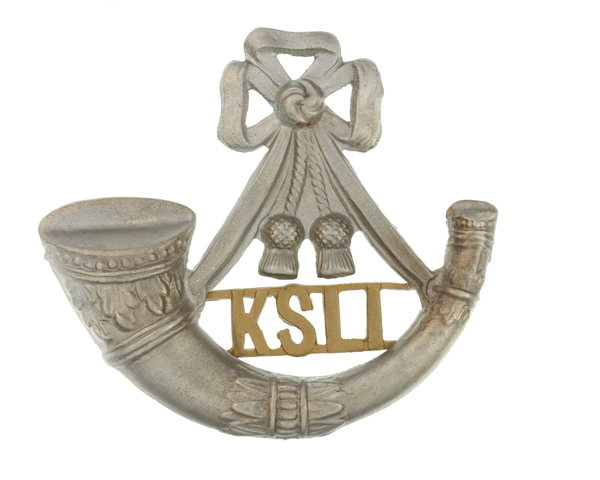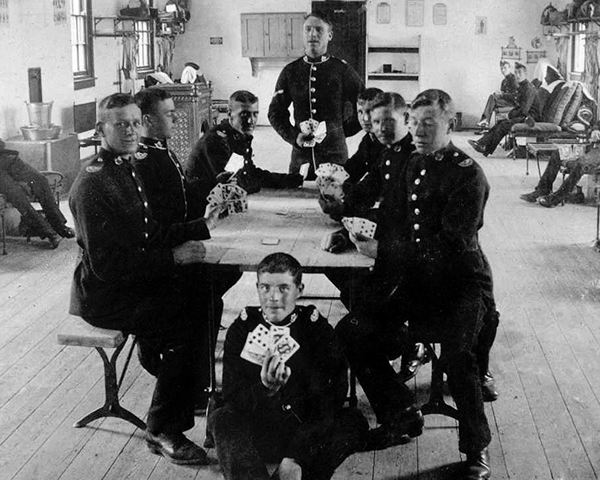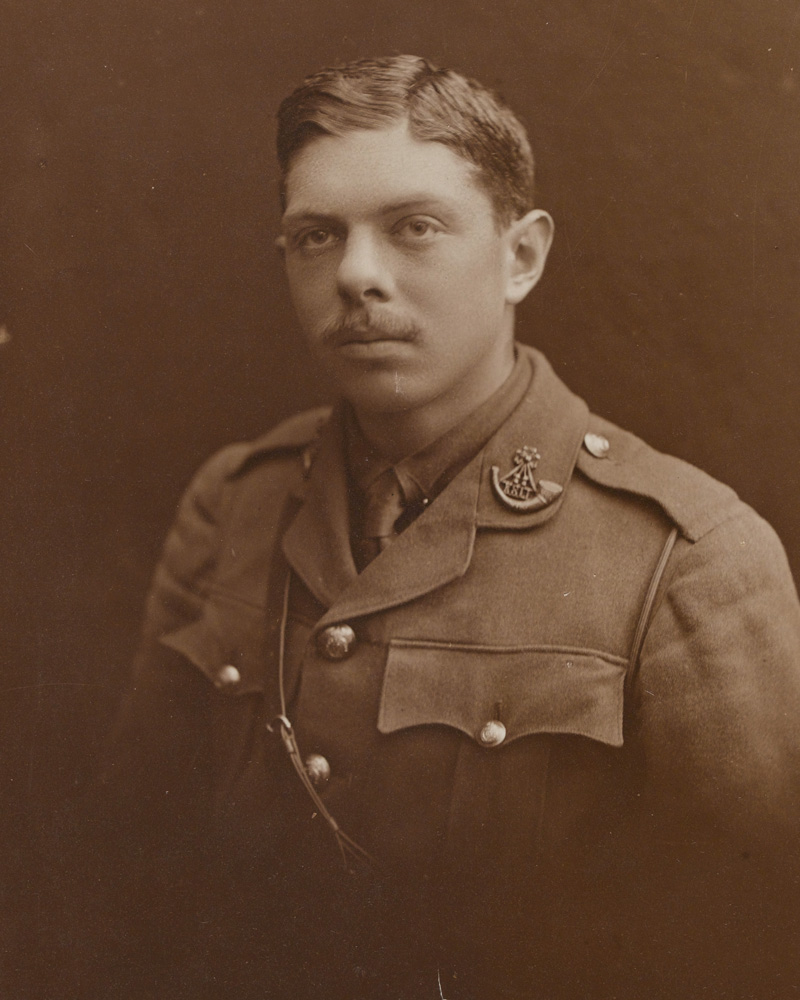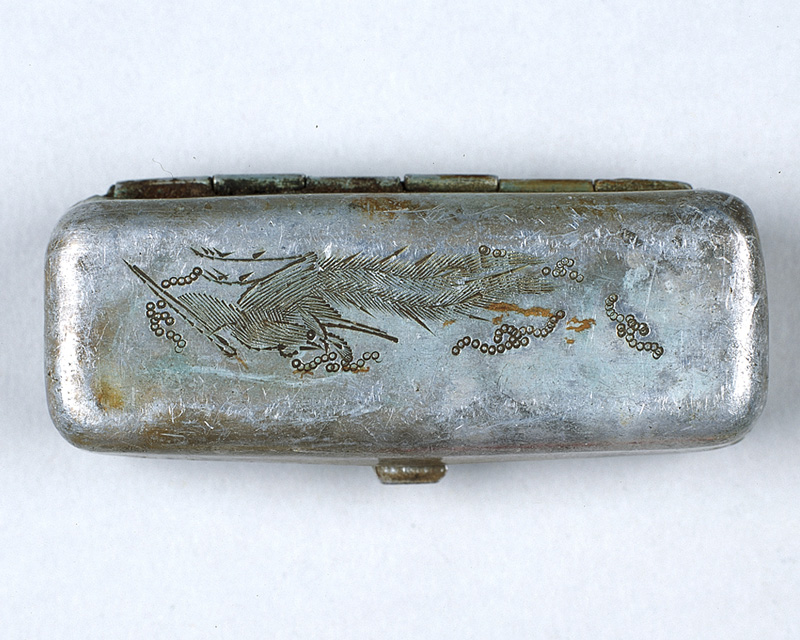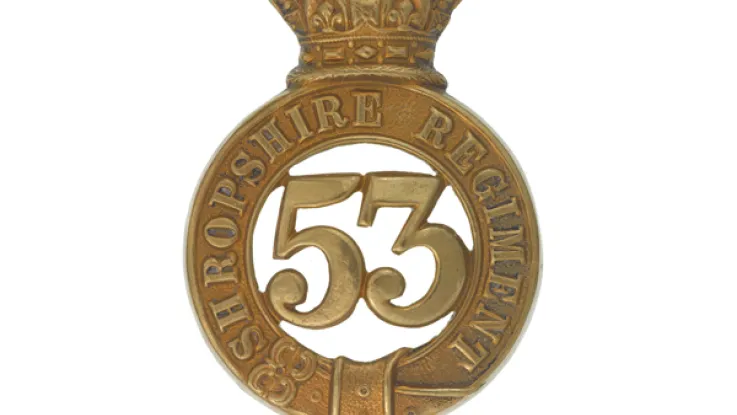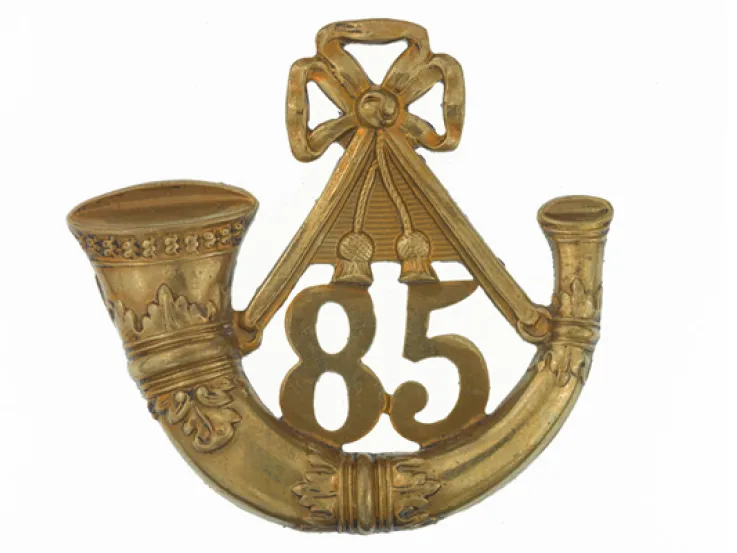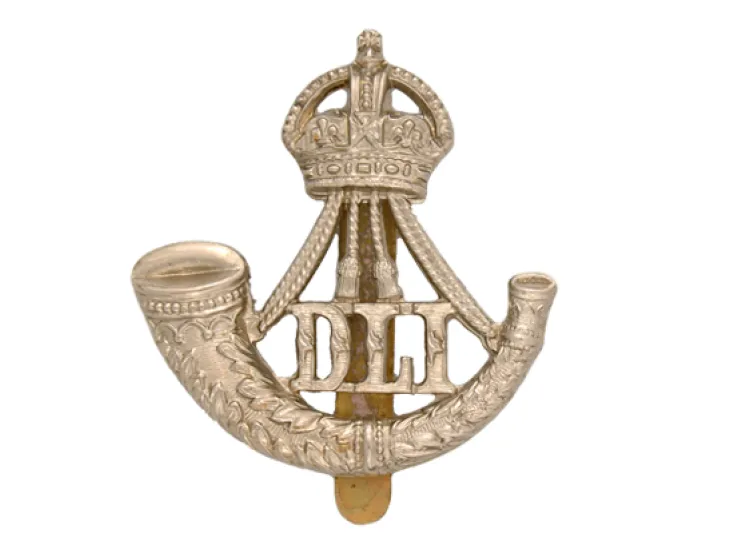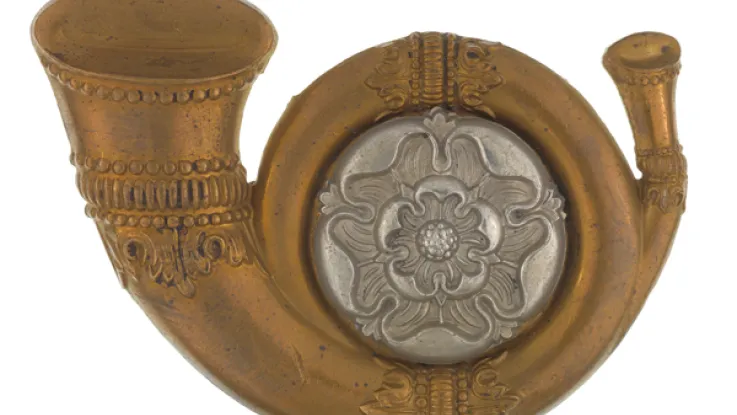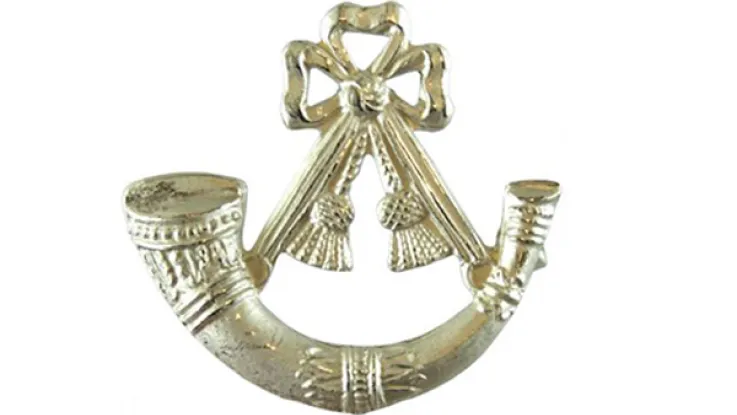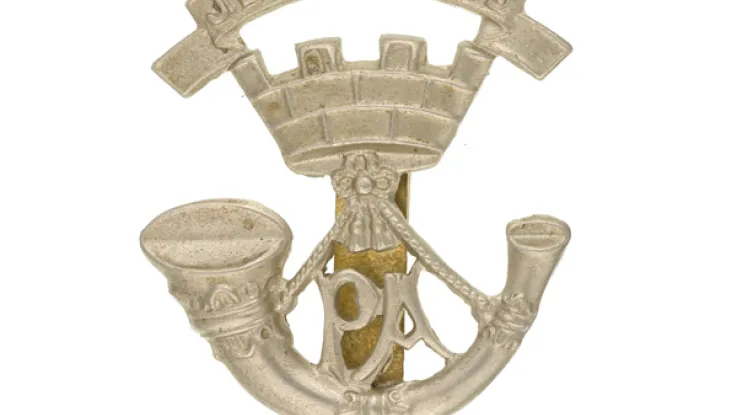Origins
The regiment was formed in 1881 as The King’s Light Infantry (Shropshire Regiment) by merging the 53rd (Shropshire) Regiment of Foot and the 85th The King’s Regiment of Light Infantry (Bucks Volunteers). These became the new unit's 1st and 2nd Battalions respectively. In 1882, the regiment was retitled The King's (Shropshire Light Infantry).
2nd Battalion was in India at the time of the merger. Later that year, it joined the Natal Field Force in South Africa for the Transvaal War (1880-81). It then remained in Britain on home service for 14 years.
1st Battalion was on home service in 1881. It left for the Egyptian War (1882) the following year, before moving to the Sudan in 1885. Garrison duties in Malta, Hong Kong and India then followed.
In 1895, 2nd Battalion sent a detachment to join the Composite Battalion for the Third Ashanti War (1895-96) in West Africa. It was then sent to the Boer War (1899-1902) in December 1899, fighting throughout the conflict, including the engagements at Paardeberg (1900), Poplar Grove (1900) and Driefontein (1900).
In 1903, 1st Battalion arrived back in Britain, having been replaced in India by 2nd Battalion.
First World War
1st Battalion deployed straight to the Western Front in September 1914, where it remained throughout the conflict. It was joined there by 2nd Battalion in December 1914.
In November 1915, 2nd Battalion deployed to Salonika, where it was joined by 8th (Service) Battalion. Both remained there for the duration.
The regiment also raised four Territorial and five other New Army battalions that served in France and Flanders, Palestine and at home stations. The regiment won 60 battle honours during the conflict.
Inter-war
In 1919, 2nd Battalion moved to Ireland during the Irish War of Independence (1919-21). It then joined the Army of Occupation in Germany for three years from 1924. Following further home service, it sailed for Jamaica in 1939, only returning to Britain in May 1942.
1st Battalion spent the immediate post-war years in Aden, before returning to India in 1920.
Second World War
1st Battalion returned from India in 1938. It joined the British Expeditionary Force in September 1939 at the outbreak of the Second World War (1939-45). Evacuated from Dunkirk in 1940, its next actions were in North Africa (1943) and Italy (1943-44). The latter service included the Anzio landings (1944).
2nd Battalion landed on Sword Beach on D-Day (6 June 1944), before fighting its way through France, Holland and Germany until May 1945. It was joined in that campaign by 4th (Territorial) Battalion, which landed in Normandy on 14 June 1944, and 6th Battalion, which had been converted to artillery as 181st Field Regiment before arriving in France.
Post-war
1st Battalion moved to Mandate Palestine for security duties in February 1945. It was joined there by 2nd Battalion in 1946.
In 1948, 2nd Battalion was sent to Cyprus. Later that year, the regiment’s two battalions merged.
It deployed to the Far East in 1949. This was closely followed by the Korean War (1950-53), where it was the longest-serving British regiment, alongside the King's Own Scottish Borderers.
Mainly based in Britain and Germany thereafter, the regiment also deployed to Kenya in June 1955 to face the Mau Mau Rebellion (1952-60).
Legacy
In 1968, it was merged with The Somerset and Cornwall Light Infantry, The King's Own Yorkshire Light Infantry and The Durham Light Infantry to form The Light Infantry.
Regimental museums
The National Army Museum works with a network of Regimental and Corps Museums across the UK to help preserve and share the history and traditions of the Army and its soldiers.
Discover more about The King’s Shropshire Light Infantry by visiting the Soldiers of Shropshire Museum at Shrewsbury Castle.

